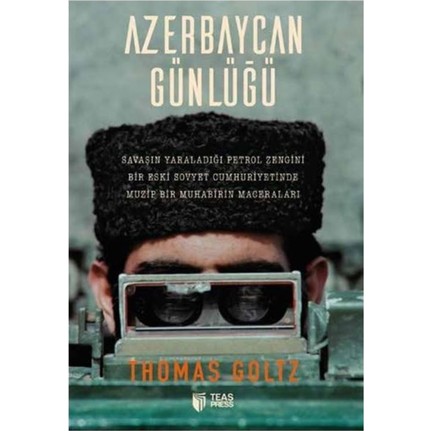Chapter Two: Early History
In chapter two, “Early History”, Prof. McCarthy elaborates on the ethnic diversity in Anatolia by focusing on the origins of Armenians, Turks and Kurds. One of the positive things about this chapter is that despite his detailed analysis of the complex economic, social, political and religious relationships between the groups in question, the historical processes are presented in a simple, clear and understandable way, which makes his narration appealing for the readers regardless of whether or not they have the adequate prior knowledge on the subject matter.
Among the important points made in this chapter, religion occupies a crucial place, given the fact that in the early ages the construction of the Armenian identity was in large part based on their religious ties with the Armenian Apostolic Church. In fact, Prof. McCarthy very effectively indicates how Christianity served as a common ground for European, American and Russian entities in providing certain social and economic support systems for the Armenians which were not available for the Muslims.
Refraining from oversympathizing with any of the groups he mentions, he objectively lays out the complex relationship between the Armenians, Turks and Kurds by touching on every factor that plays a significant role in the construction process of these relations. In this context, he highlights how some Kurdish tribes assisted Armenian revolutionaries in smuggling weapons into the Ottoman East, while some Armenian revolutionaries were attacking Kurdish tribes. Yet, his most outstanding argument is that during the 19th century, as the Ottoman Empire extended its governmental control over its territories, not only Armenians, but also the Turks and Kurds suffered in Eastern Anatolia, mainly due to geographic factors, raids by armed Kurdish tribes and Russian attacks. In fact, multiple times throughout the chapter, he stresses that neither the Turks nor the Armenians living in eastern Anatolia were better off; that both groups had difficult lives.
Also central to this chapter is his analysis of Russia’s quest for warm water ports and its political agenda set up towards this goal. Prof. McCarthy not only elaborates on Armenians collaborating with Russians when the latter invaded the eastern Anatolia in 1828, but he also highlights the fact that “the result of the Russian invasion was enmity and suspicion between peoples who had lived together for centuries”, which is especially crucial to understanding the effects of the Russian policy of divide and conquer.
Prof. McCarthy effectively rebuts the widely accepted argument that only Armenians suffered under the Ottoman rule by making references to concrete historical events that uncover the complex relationship between Armenians, Turks and Kurds. Thus, Turks and Armenians: Nationalism and Conflict in the Ottoman Empire is a thought provoking book presenting Prof. McCarthy’s criticisms of the ongoing Armenian allegations and rebuttal of their arguments.

 CHAPTER BY CHAPTER SYNOPSIS AND REVIEW OF TURKS AND ARMENIANS: NATIONALISM AND CONFLICT IN THE OTTOMAN EMPIRE BY JUSTIN MCCARTHY - 2
CHAPTER BY CHAPTER SYNOPSIS AND REVIEW OF TURKS AND ARMENIANS: NATIONALISM AND CONFLICT IN THE OTTOMAN EMPIRE BY JUSTIN MCCARTHY - 2
 CHAPTER BY CHAPTER SYNOPSIS AND REVIEW OF TURKS AND ARMENIANS: NATIONALISM AND CONFLICT IN THE OTTOMAN EMPIRE BY JUSTIN MCCARTHY - 1
CHAPTER BY CHAPTER SYNOPSIS AND REVIEW OF TURKS AND ARMENIANS: NATIONALISM AND CONFLICT IN THE OTTOMAN EMPIRE BY JUSTIN MCCARTHY - 1
 GERMANY OVER RECOGNITION OF THE 1915 EVENTS AS GENOCIDE
GERMANY OVER RECOGNITION OF THE 1915 EVENTS AS GENOCIDE
 BOOK REVIEW: AZERBAIJAN DIARY: A ROGUE REPORTER'S ADVENTURES IN AN OIL-RICH, WAR-TORN, POST-SOVIET REPUBLIC
BOOK REVIEW: AZERBAIJAN DIARY: A ROGUE REPORTER'S ADVENTURES IN AN OIL-RICH, WAR-TORN, POST-SOVIET REPUBLIC
 AN INQUIRY INTO NANCY PELOSI’S VISIT TO ARMENIA
AN INQUIRY INTO NANCY PELOSI’S VISIT TO ARMENIA
 GENOCIDE ALLEGATIONS, PROPAGANDA MOVIES, AND A 90-MILLION-DOLLAR FIASCO
GENOCIDE ALLEGATIONS, PROPAGANDA MOVIES, AND A 90-MILLION-DOLLAR FIASCO




























